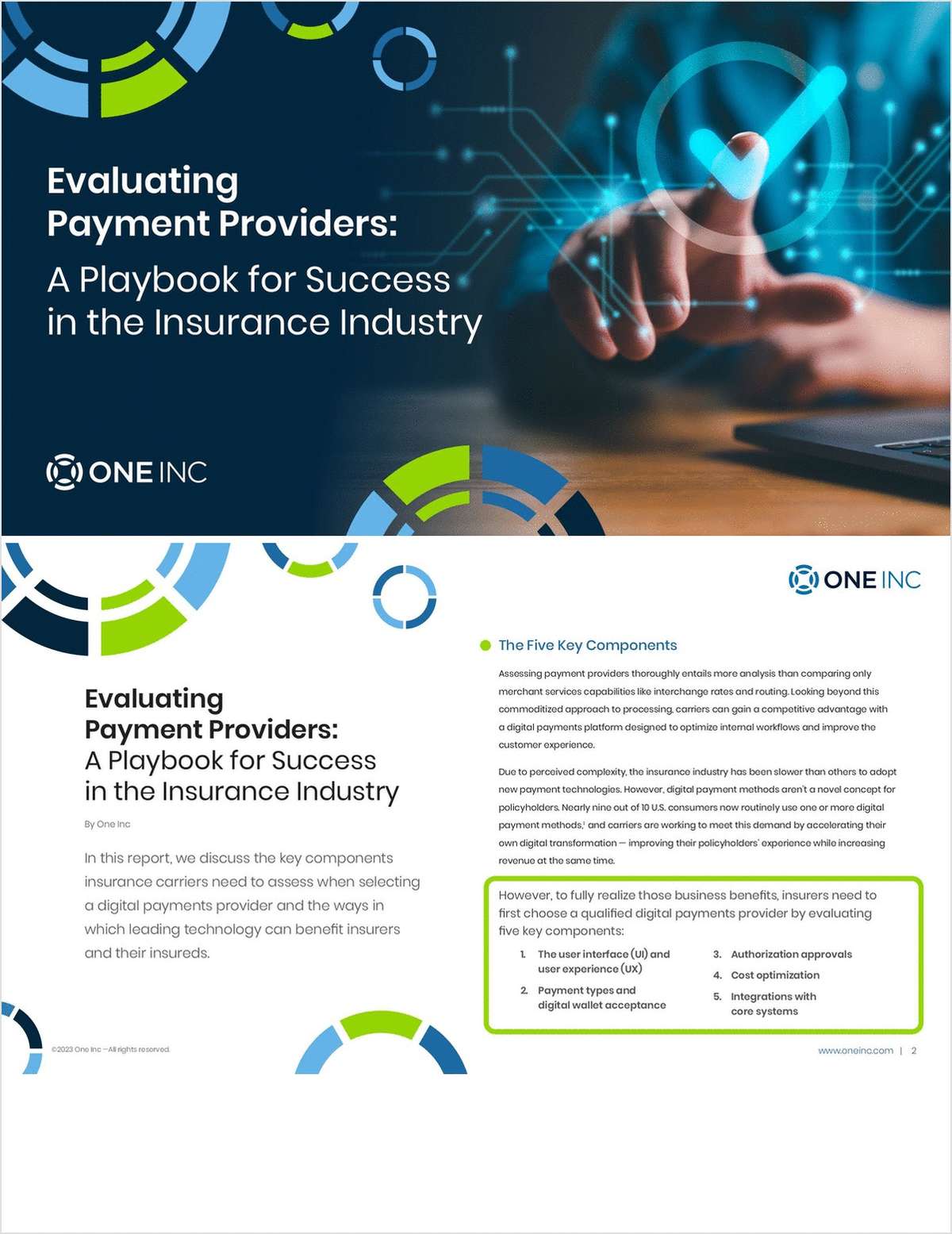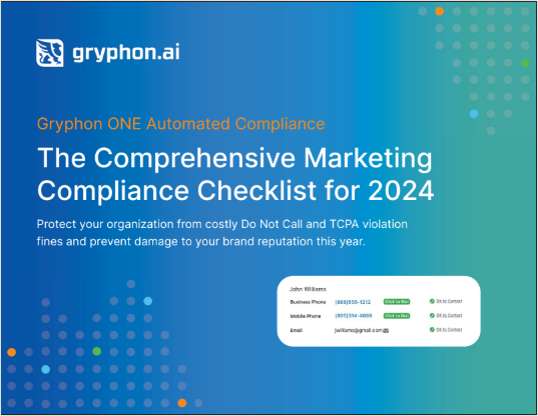Workers 65 and older are now the fastest growing segment of America's working population. They are no longer spending their days golfing, sunning on beaches or lounging poolside. In fact, more are spending their time working -- in offices, retail stores, manufacturing plants, hospitals, and on construction job sites. And this simple fact is affecting how employers approach workers' compensation insurance and address risk control measures in the workplace.
Since 1977, the number of people 65 and older in the workforce has increased more than 100 percent. The U.S. Bureau of Labor Statistics (BLS) estimates that while the overall workforce will continue to grow through 2016, the oldest groups, workers 65-74 and 75 and up, will each grow the most dramatically, increasing by more than 80 percent. Even the oldest baby boomers, a generation that includes nearly 80 million Americans born between 1946 and 1964, are now older than 60 years old (U.S. Census Bureau).
Older workers are doing more than just growing in numbers. The latest trends reported by the BLS show that since the mid-1990s older workers are working full-time schedules. In fact, more than half of all older workers now work full-time, which is up from only 44 percent in 1995.
Continue Reading for Free
Register and gain access to:
- Breaking insurance news and analysis, on-site and via our newsletters and custom alerts
- Weekly Insurance Speak podcast featuring exclusive interviews with industry leaders
- Educational webcasts, white papers, and ebooks from industry thought leaders
- Critical converage of the employee benefits and financial advisory markets on our other ALM sites, BenefitsPRO and ThinkAdvisor
Already have an account? Sign In Now
© 2024 ALM Global, LLC, All Rights Reserved. Request academic re-use from www.copyright.com. All other uses, submit a request to [email protected]. For more information visit Asset & Logo Licensing.








